Furrower
A furrower is a specialized agricultural tool used to create furrows—narrow trenches or grooves—in the soil. Furrowers are commonly attached to tractors and are essential for various farming practices, including planting, irrigation, and soil management. They help farmers optimize planting efficiency, improve water management, and enhance crop yields.
Key Features:
- Design:
- Furrowers typically consist of a frame that attaches to a tractor, equipped with one or more blades or shares that cut into the soil.
- The blades are designed to create precise furrows at a specific depth and spacing, depending on the crop requirements.
- Adjustability:
- Many furrowers offer adjustable depth and width settings, allowing farmers to customize the furrow size according to different soil conditions and crop types.
- The ability to adjust the angle of the blades can also enhance the furrowing process.
- Multiple Blades:
- Some furrowers come with multiple blades, enabling them to create multiple furrows in a single pass, increasing efficiency and reducing the time spent in the field.
- Blades can vary in shape and size, allowing for versatility in different soil types and farming practices.
- Material Construction:
- Furrowers are typically made from durable materials such as steel, designed to withstand the rigors of soil contact and provide long-lasting performance.
- High-quality construction helps prevent wear and tear, ensuring reliability during operation.
- Compatibility:
- Furrowers can be mounted on various tractor models, making them adaptable to different farming operations.
- Some models are designed for specific tractor brands or series, so compatibility should be checked before purchasing.
Benefits:
- Efficient Planting:
- By creating furrows, farmers can plant seeds at the optimal depth and spacing, improving germination rates and crop establishment.
- Furrows help guide seed placement, ensuring even distribution and reducing seed waste.
- Improved Water Management:
- Furrows facilitate better water drainage and irrigation by directing water flow along the furrow lines, minimizing runoff and promoting even moisture distribution.
- This is especially beneficial in regions with heavy rainfall or where irrigation is necessary.
- Soil Aeration:
- The process of creating furrows loosens the soil, promoting better aeration and root penetration for crops.
- Improved soil structure enhances nutrient uptake and overall plant health.
- Weed Control:
- Furrowing can help reduce weed growth by disrupting weed seedbeds and providing a more controlled planting environment.
- Furrows can also make it easier to apply herbicides or other weed management strategies.
- Time and Labor Savings:
- The mechanization of furrowing saves time and labor compared to manual methods, increasing overall farm productivity.
- Farmers can cover larger areas more quickly, allowing for efficient land preparation.
Considerations:
- Soil Conditions:
- The effectiveness of a furrower can depend on soil type and moisture levels. Heavy clay soils may require different approaches compared to sandy or loamy soils.
- It’s essential to assess soil conditions before using a furrower to achieve optimal results.
- Operator Training:
- Proper training is essential for the effective use of a furrower. Operators should be familiar with the equipment, its adjustments, and safe operating procedures.
- Training programs can help ensure that operators maximize the benefits of using a furrower.
- Maintenance:
- Regular maintenance is crucial to keep the furrower in good working condition. This includes checking blade sharpness, cleaning, and lubricating moving parts.
- Diligent maintenance can prevent breakdowns and extend the lifespan of the equipment.
- Cost:
- While furrowers are generally considered a cost-effective investment for many farmers, it’s essential to consider the initial purchase price and any additional costs associated with operation and maintenance.
- Analyzing potential returns in terms of increased efficiency and crop yields can help justify the investment.
- Environmental Impact:
- Farmers should be mindful of their environmental impact when using a furrower. Practices that reduce soil erosion and promote soil health should be prioritized.
- Implementing conservation tillage practices alongside furrowing can enhance sustainability.
In summary, a furrower is a valuable tool in modern agriculture, enabling efficient planting, improved water management, and enhanced soil health. Its ability to create precise furrows tailored to specific crops and soil conditions makes it an essential piece of equipment for farmers looking to optimize their planting processes and increase crop yields. With proper training, maintenance, and consideration of soil conditions, furrowers can significantly contribute to successful farming operations.

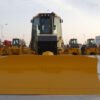

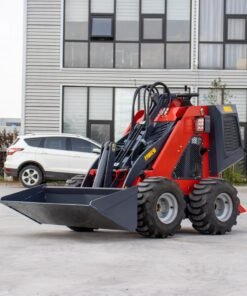

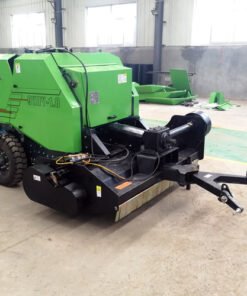
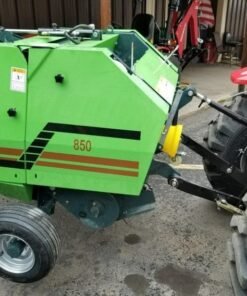


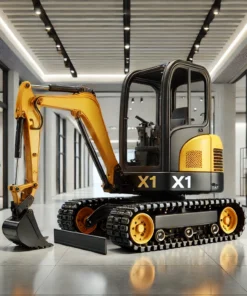


Reviews
There are no reviews yet.